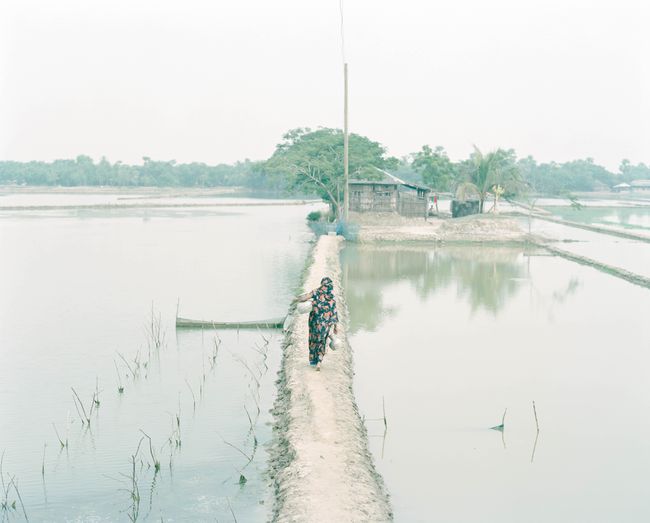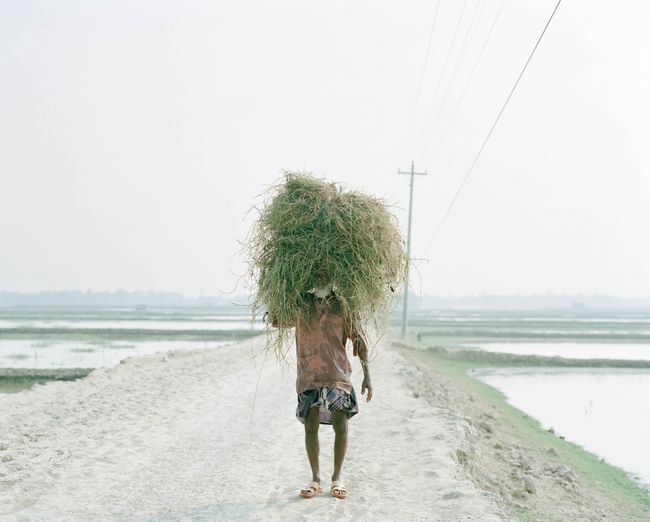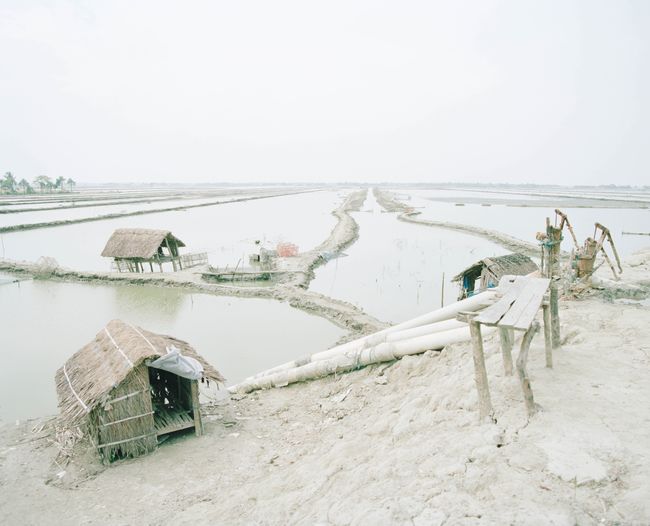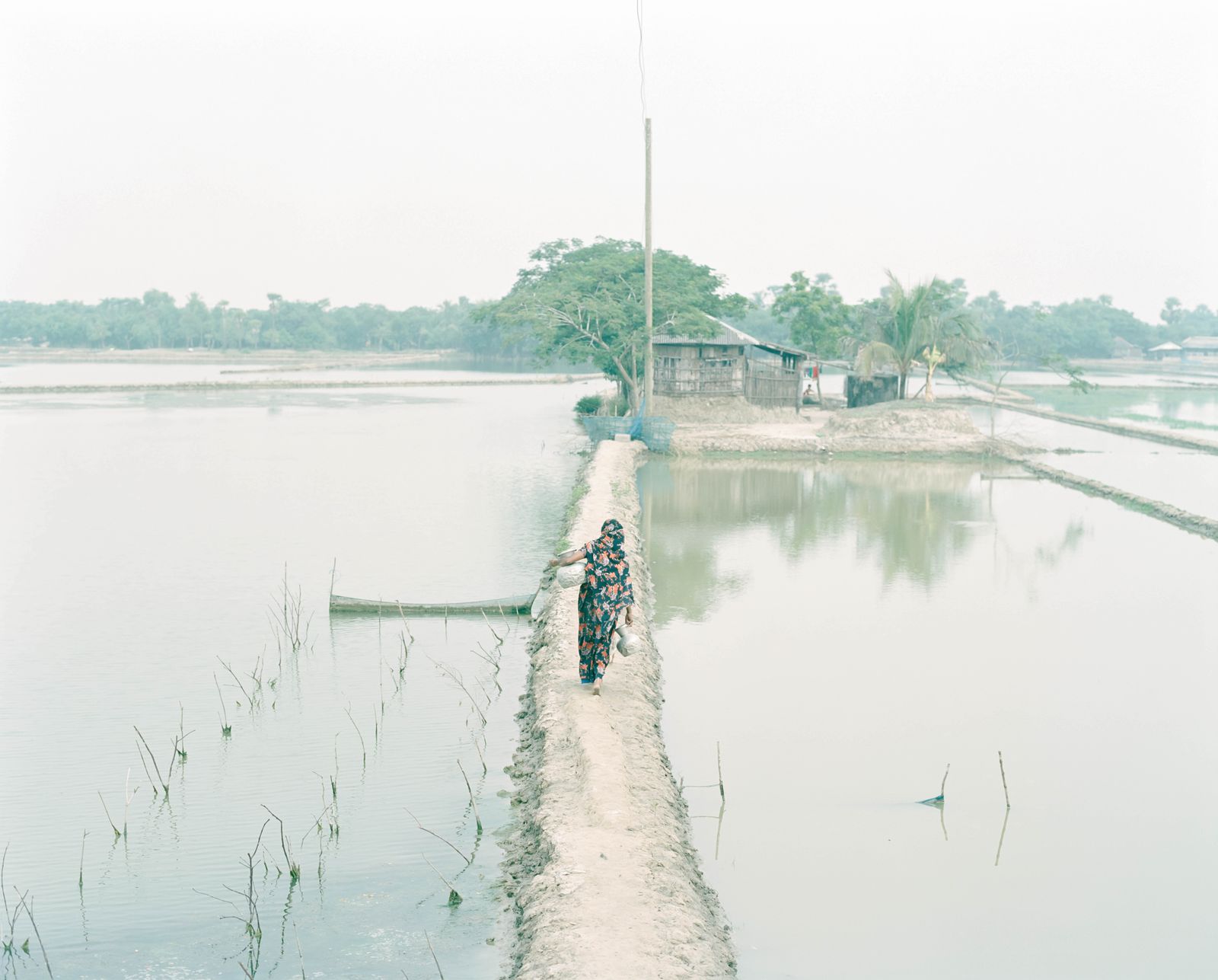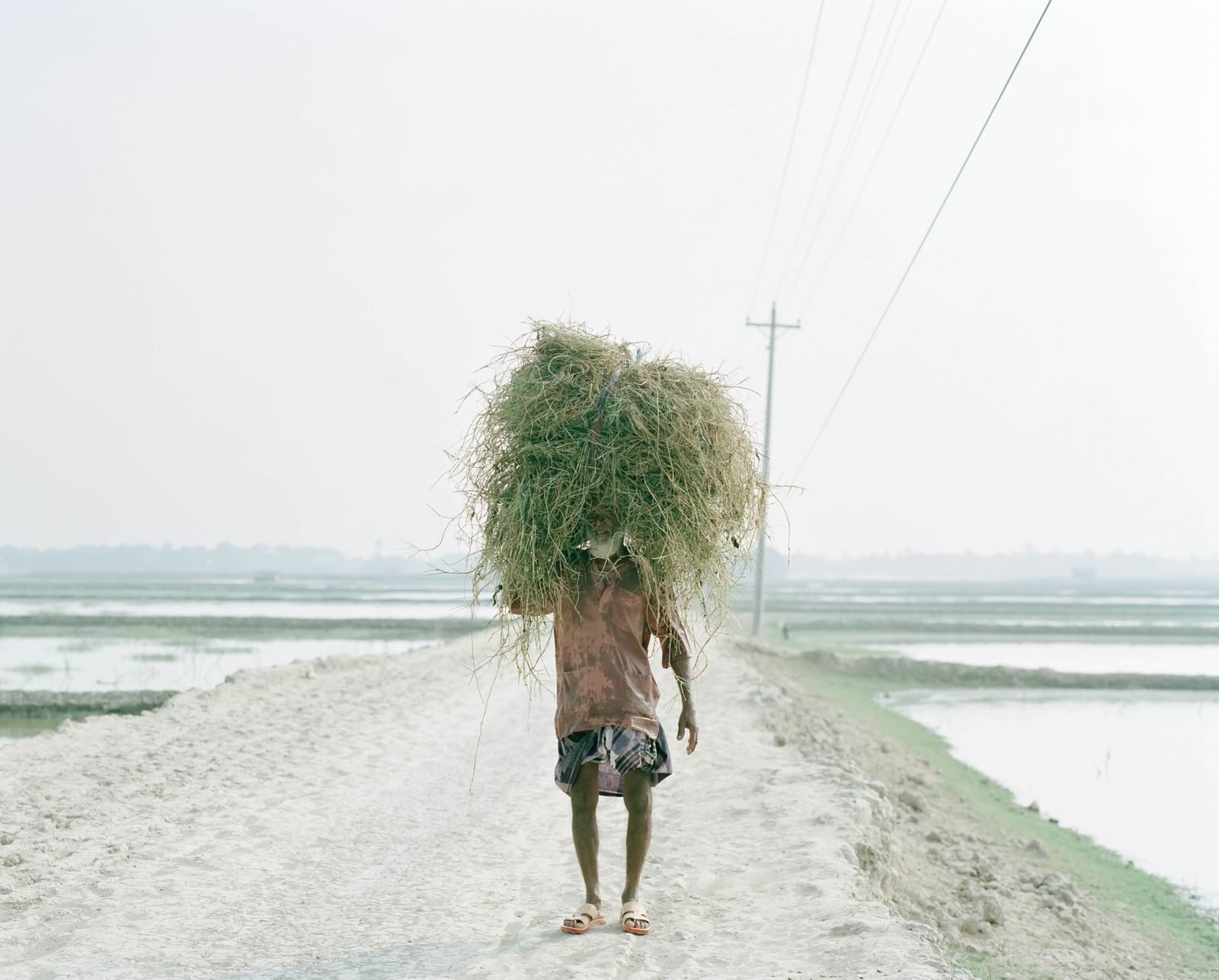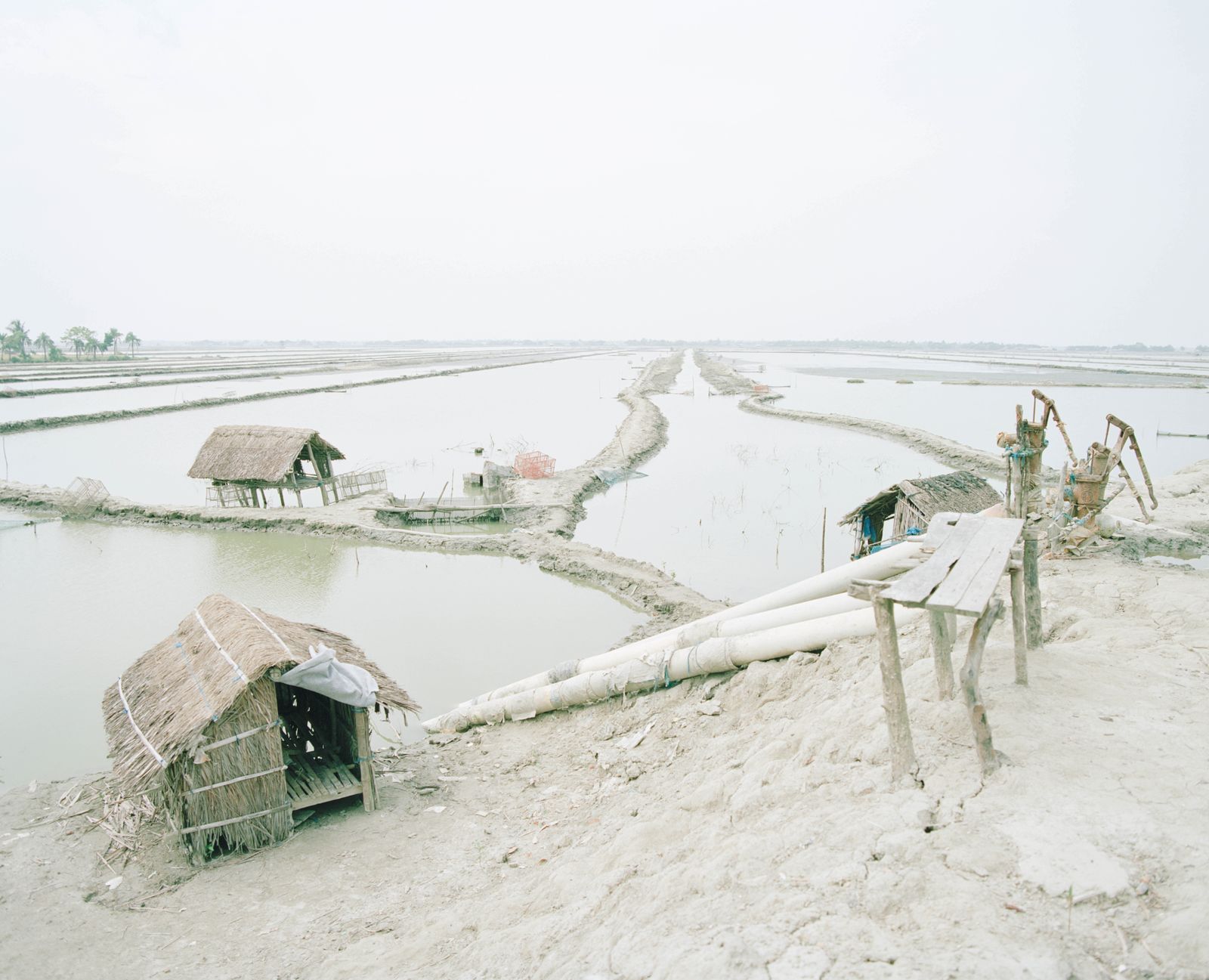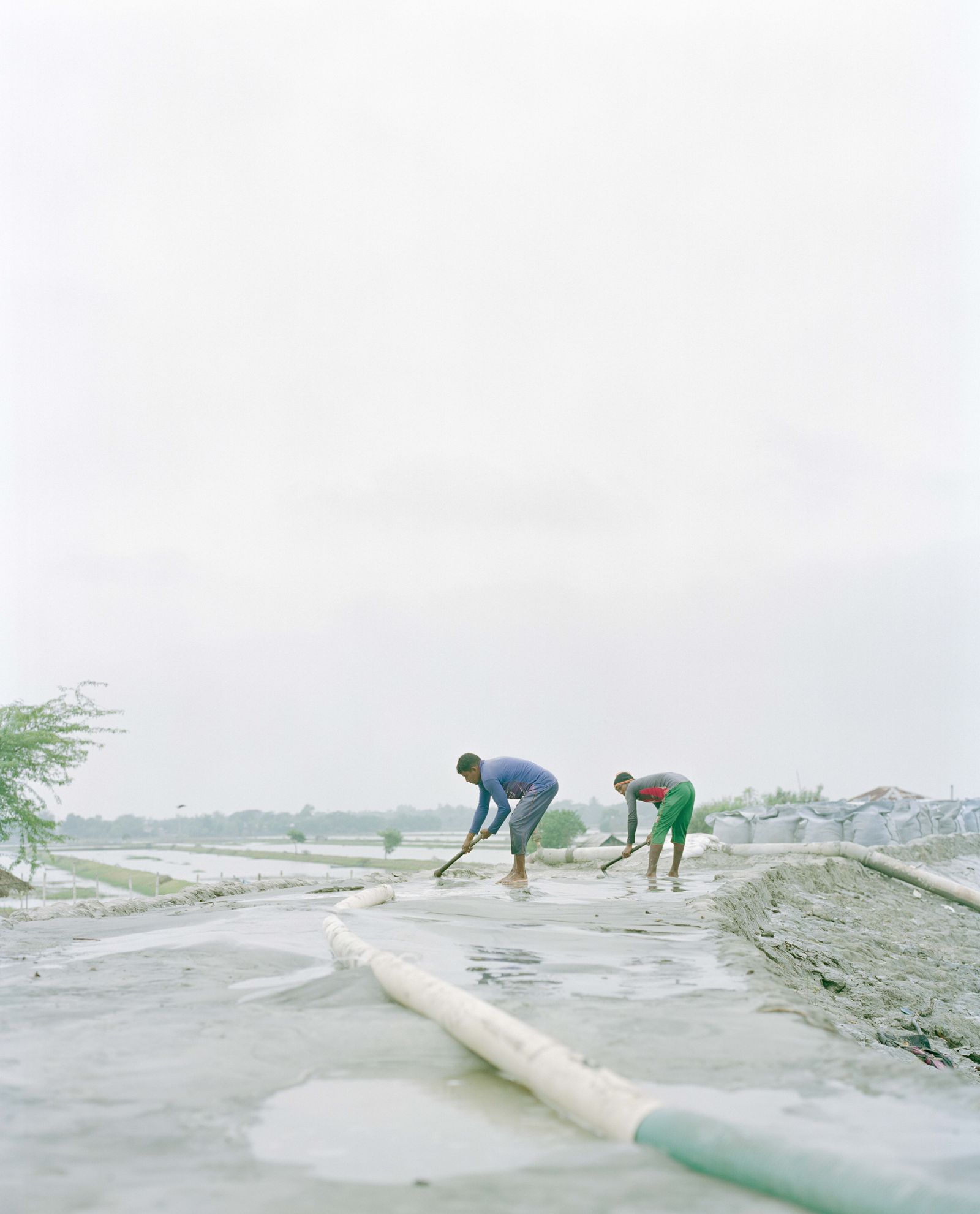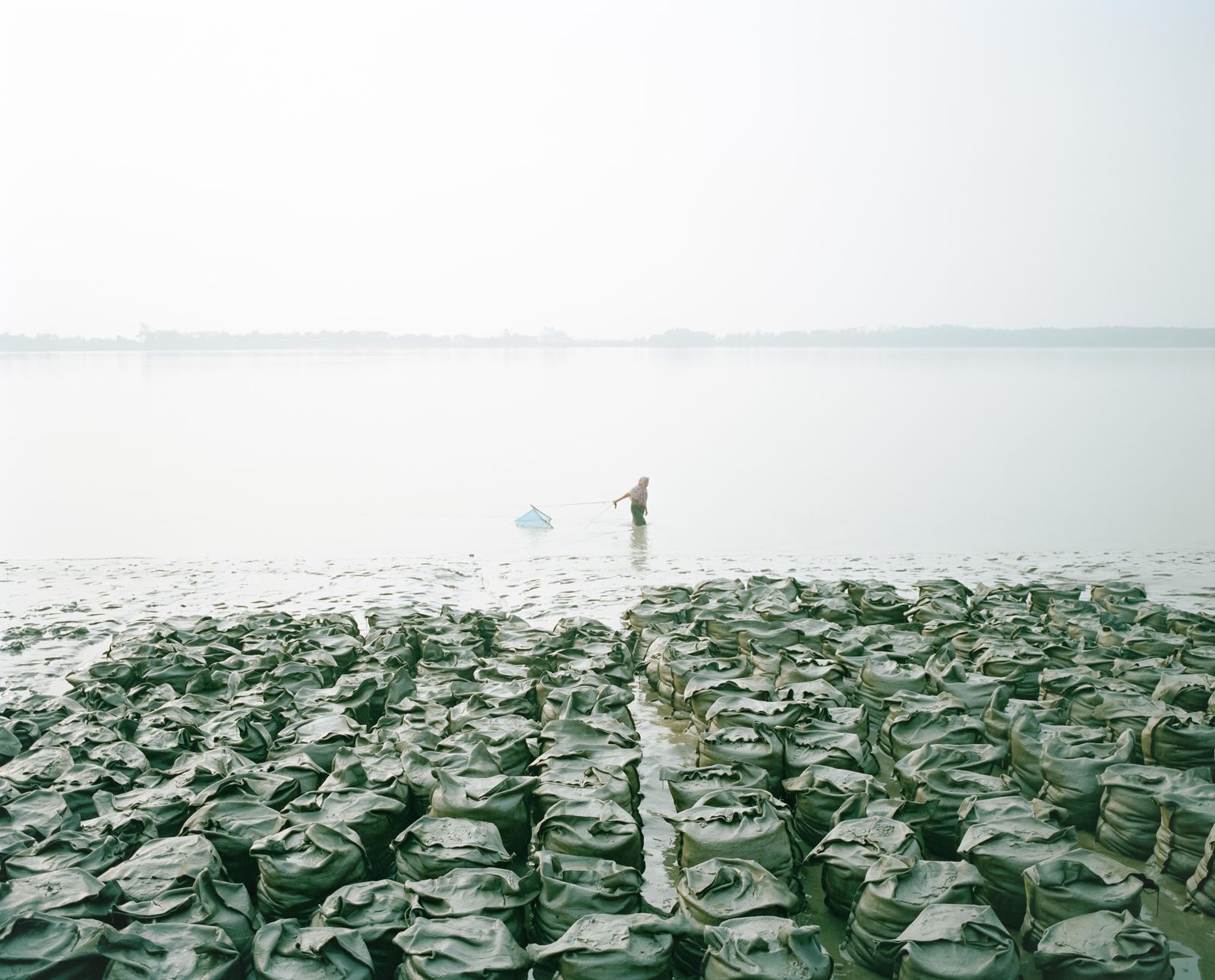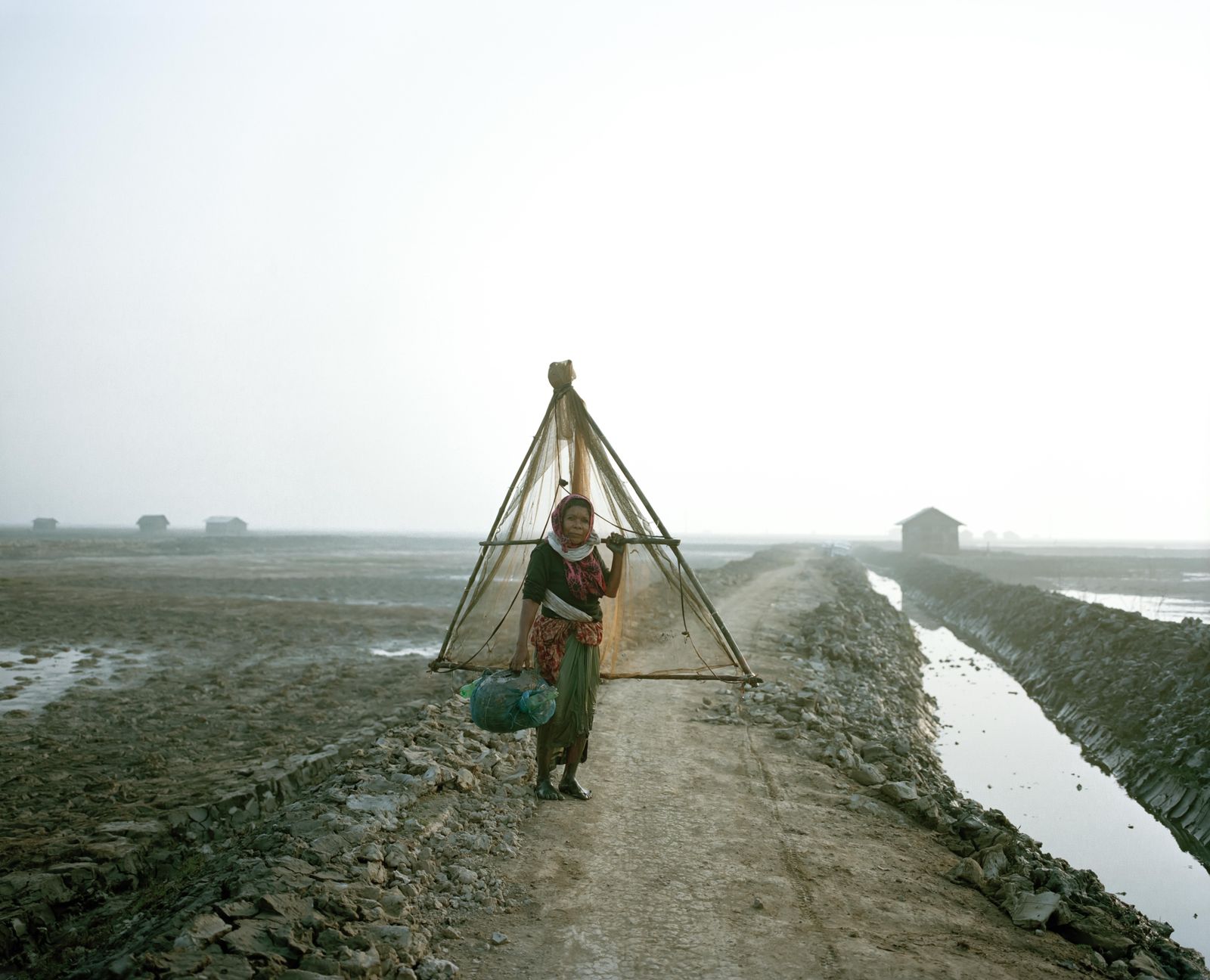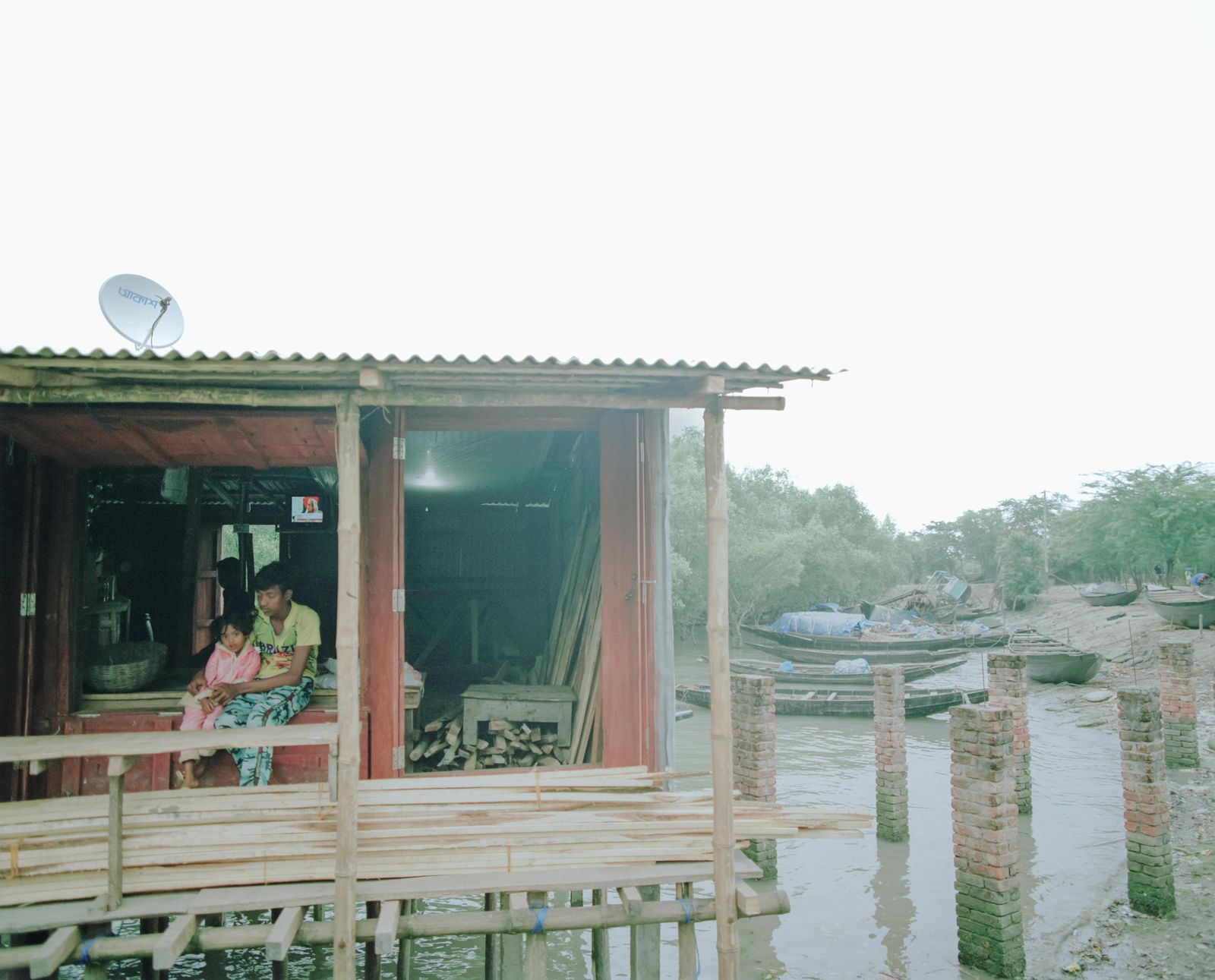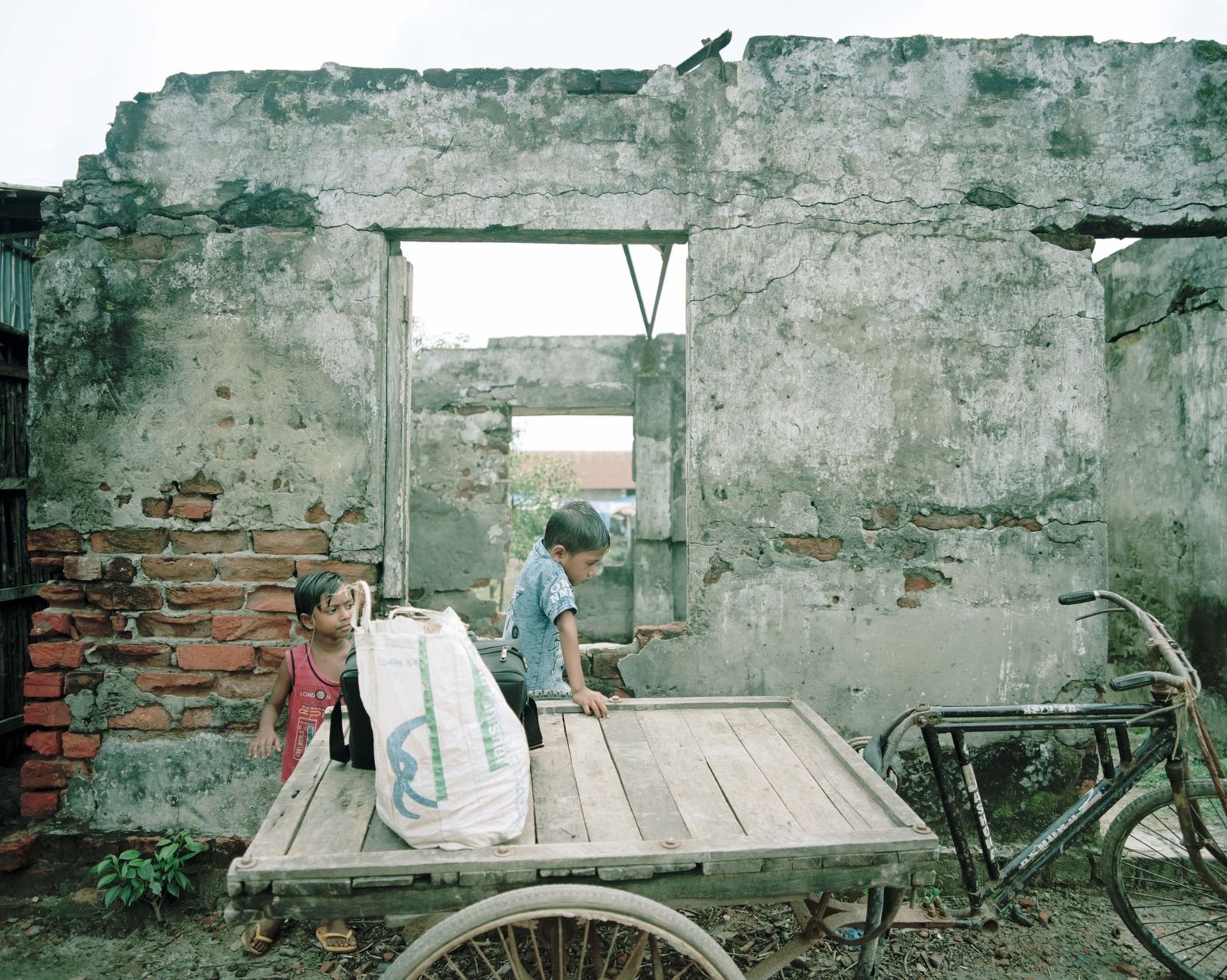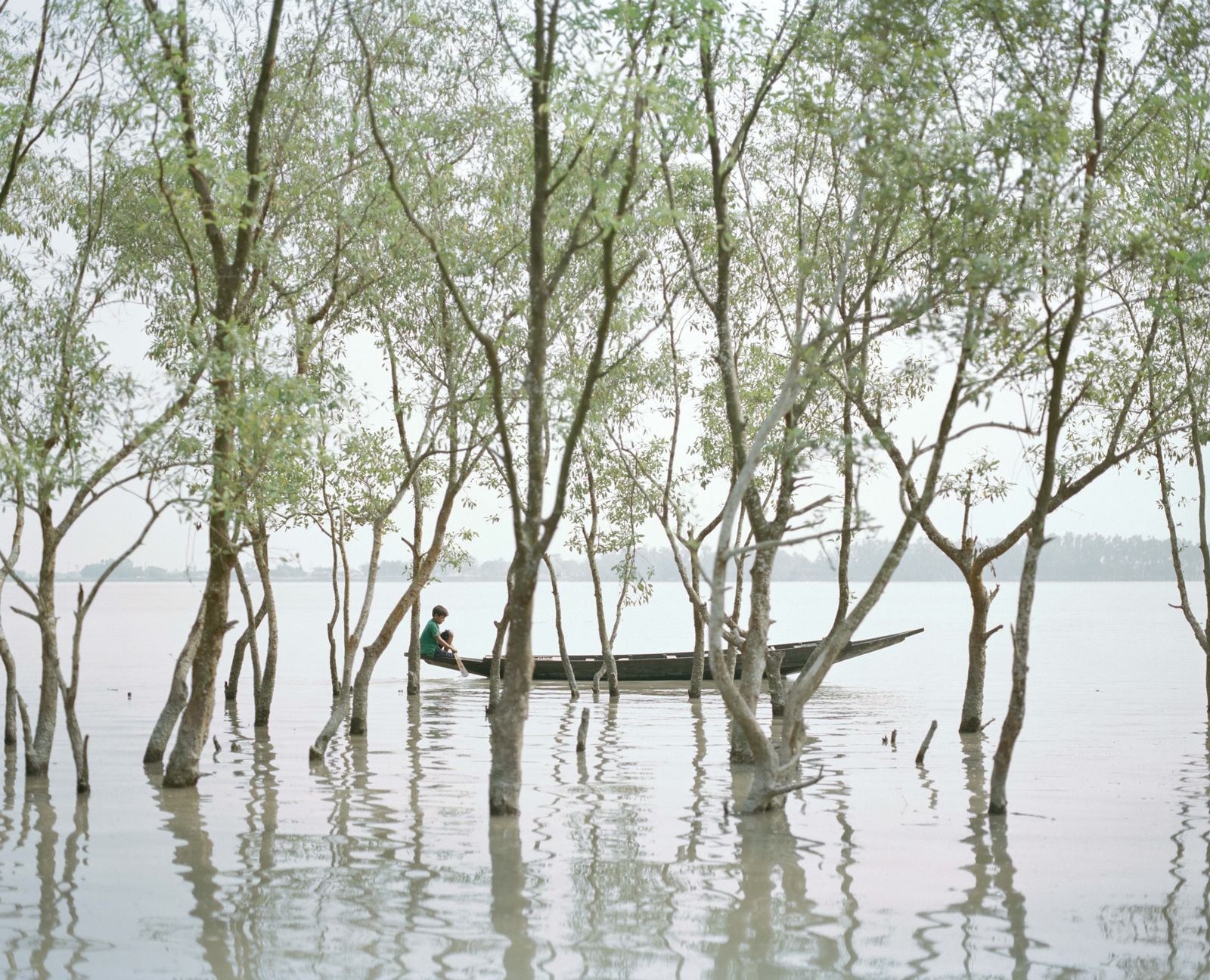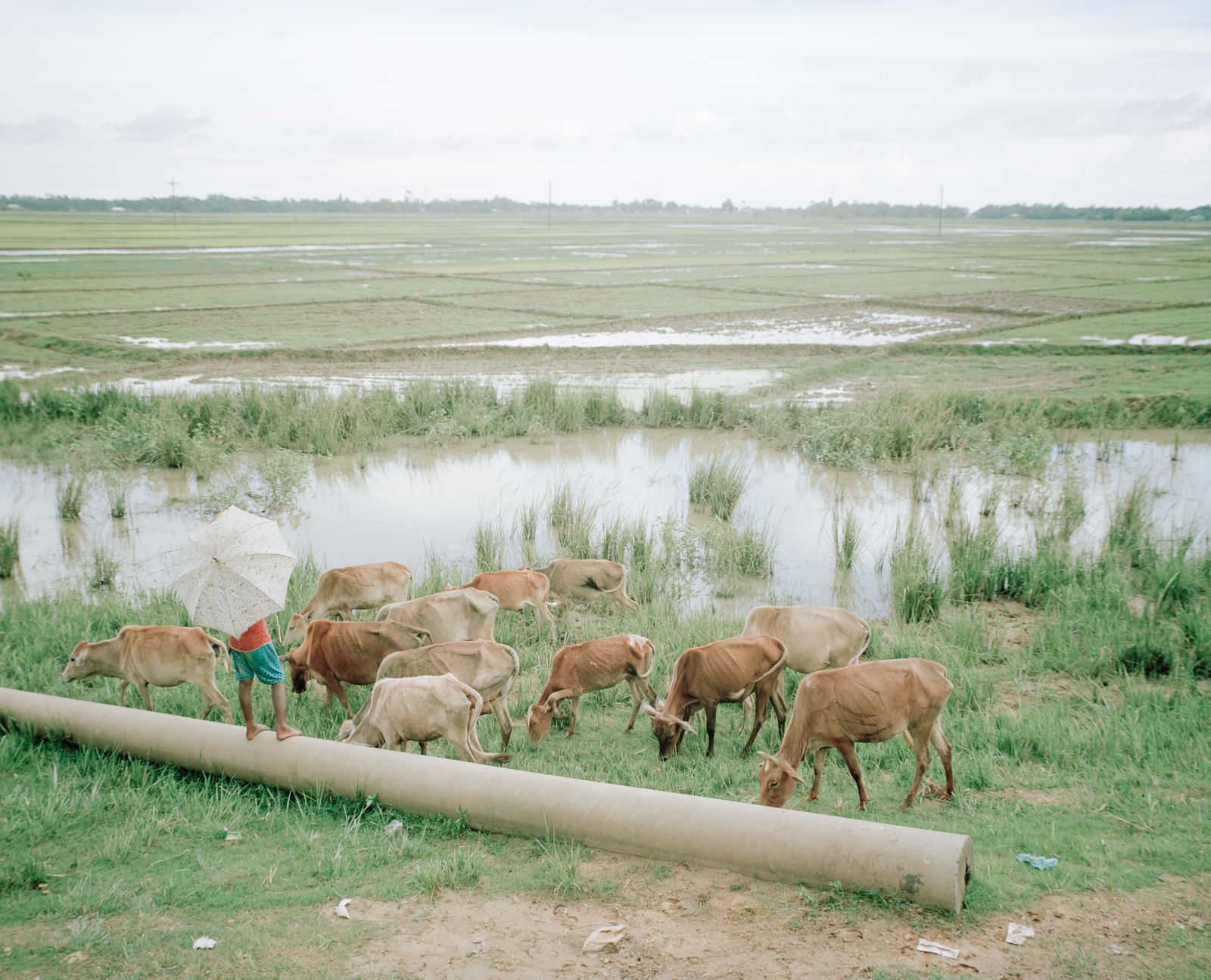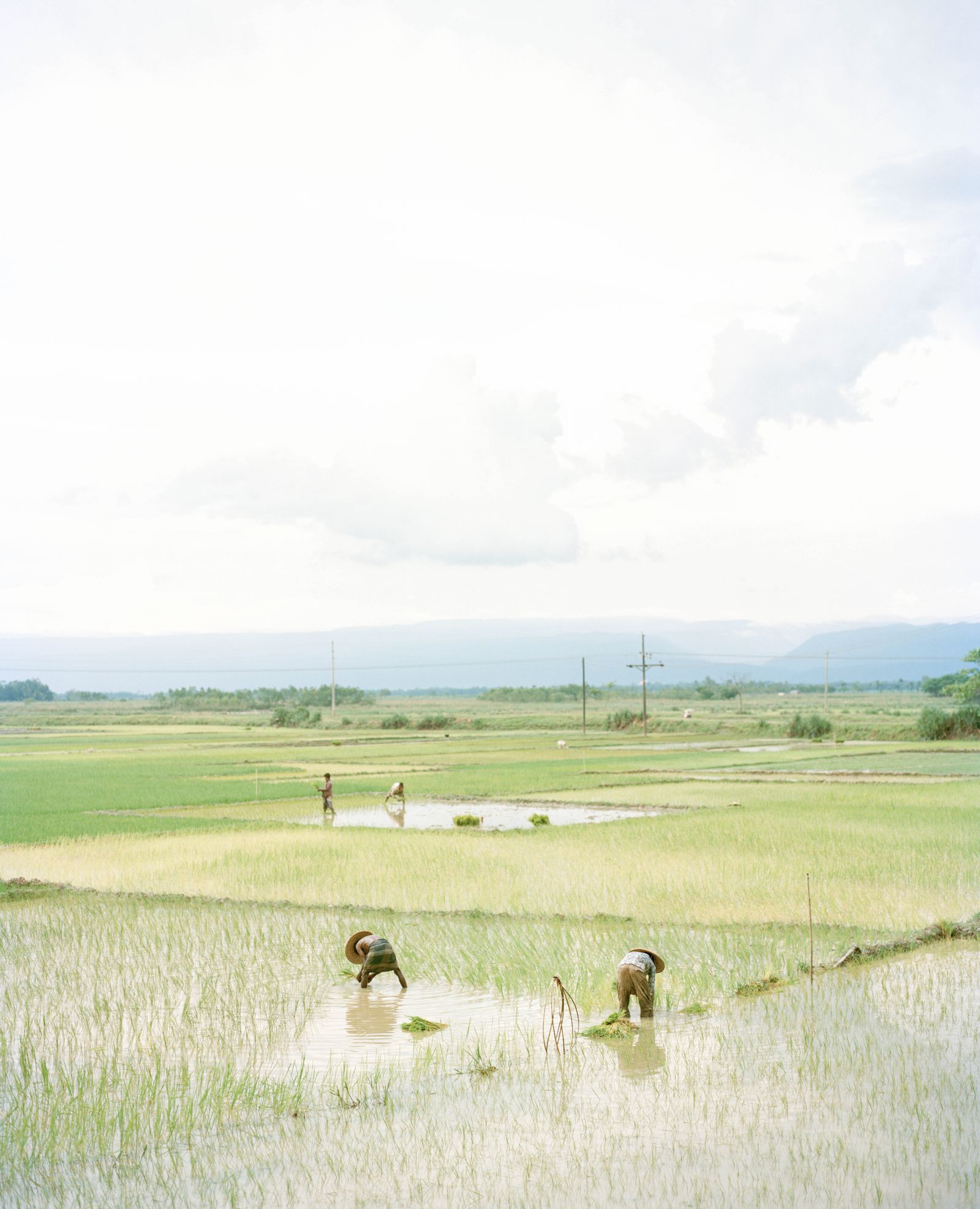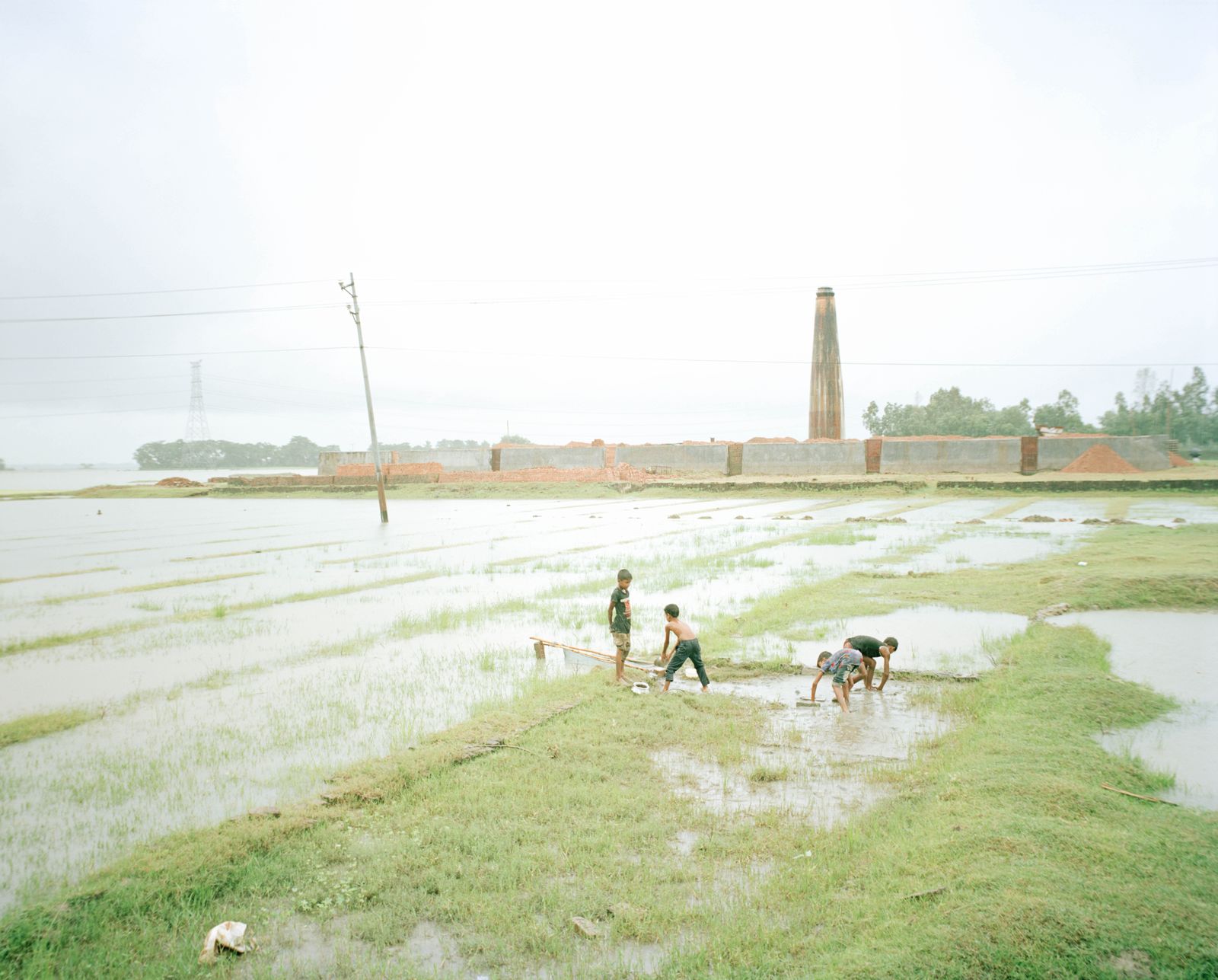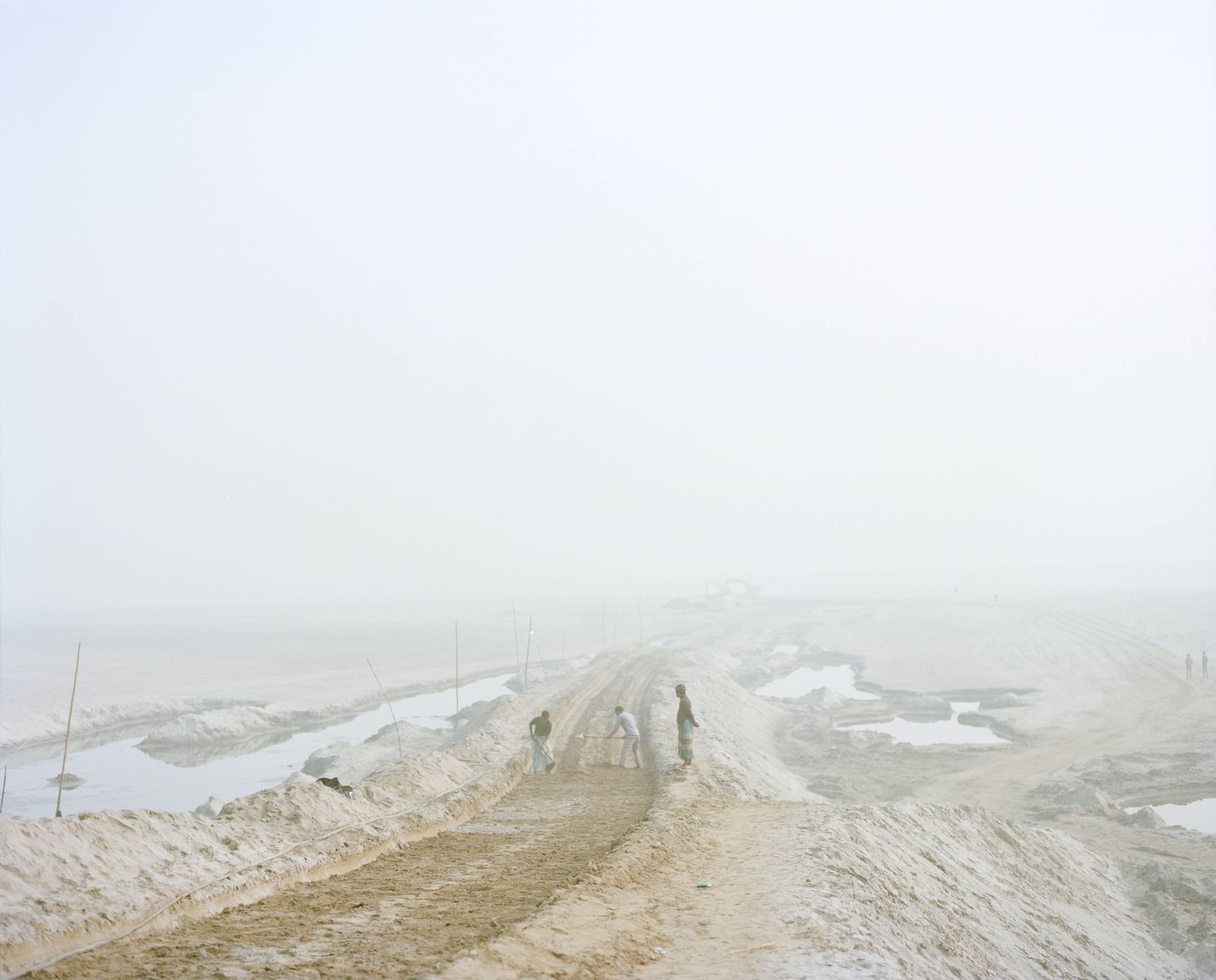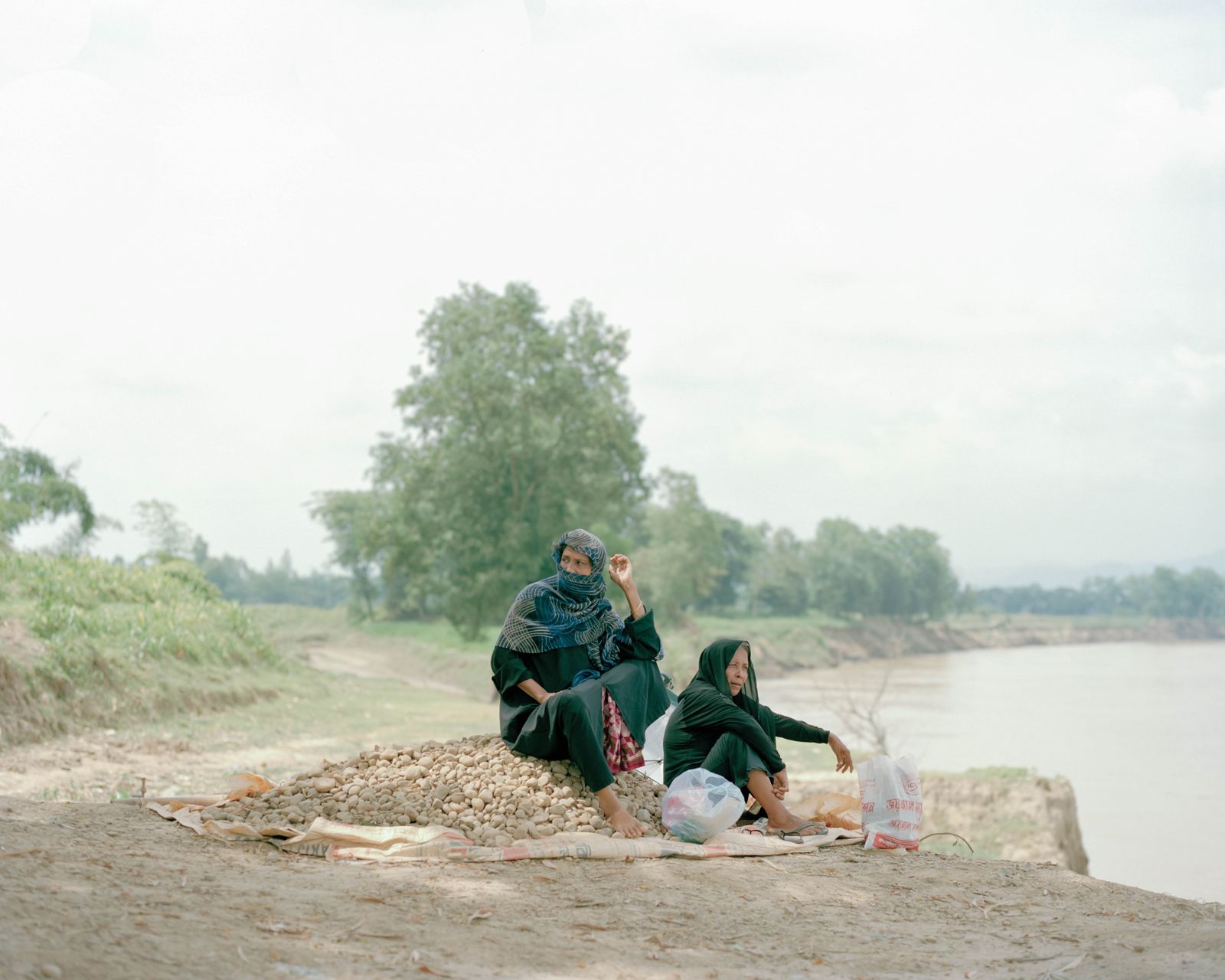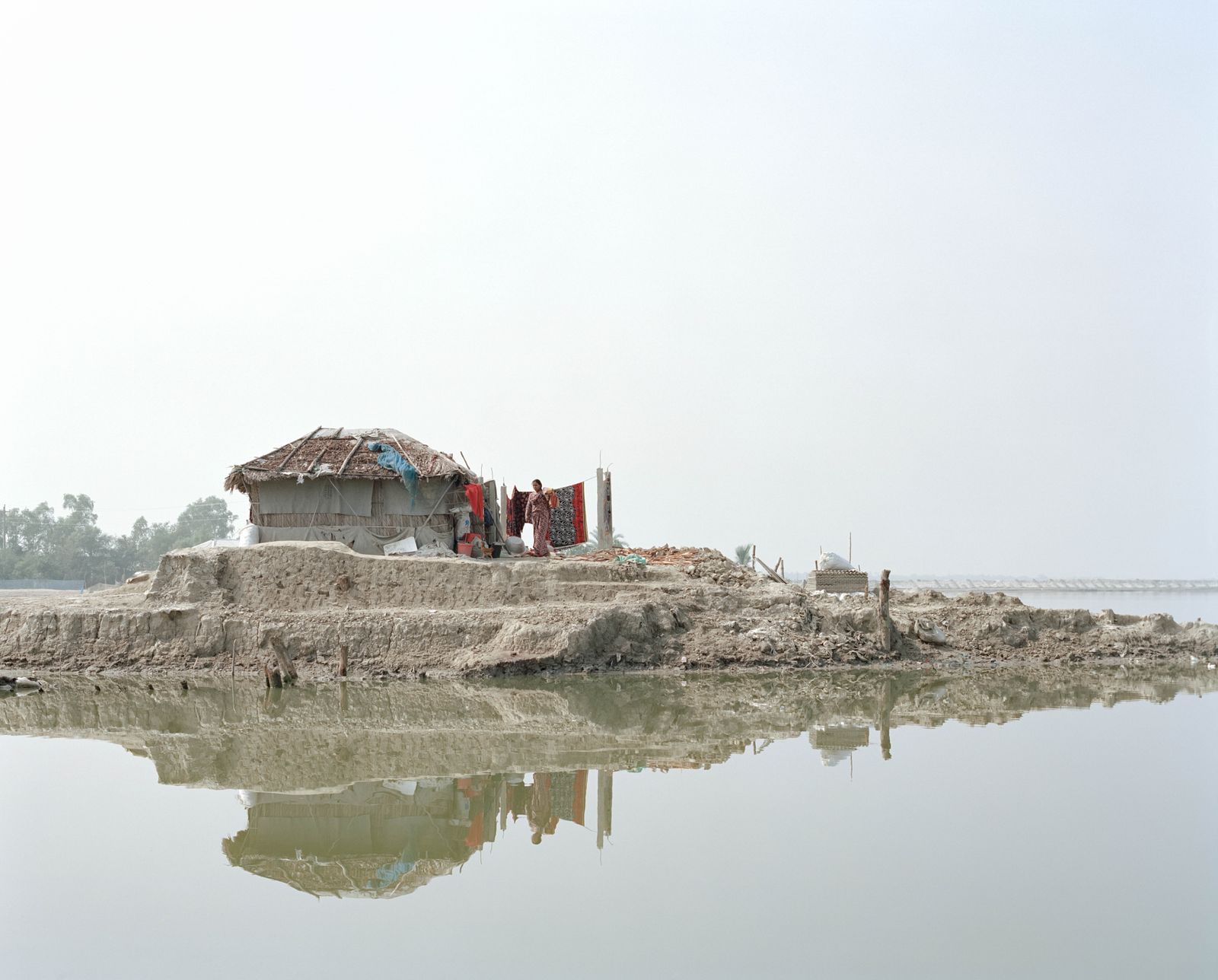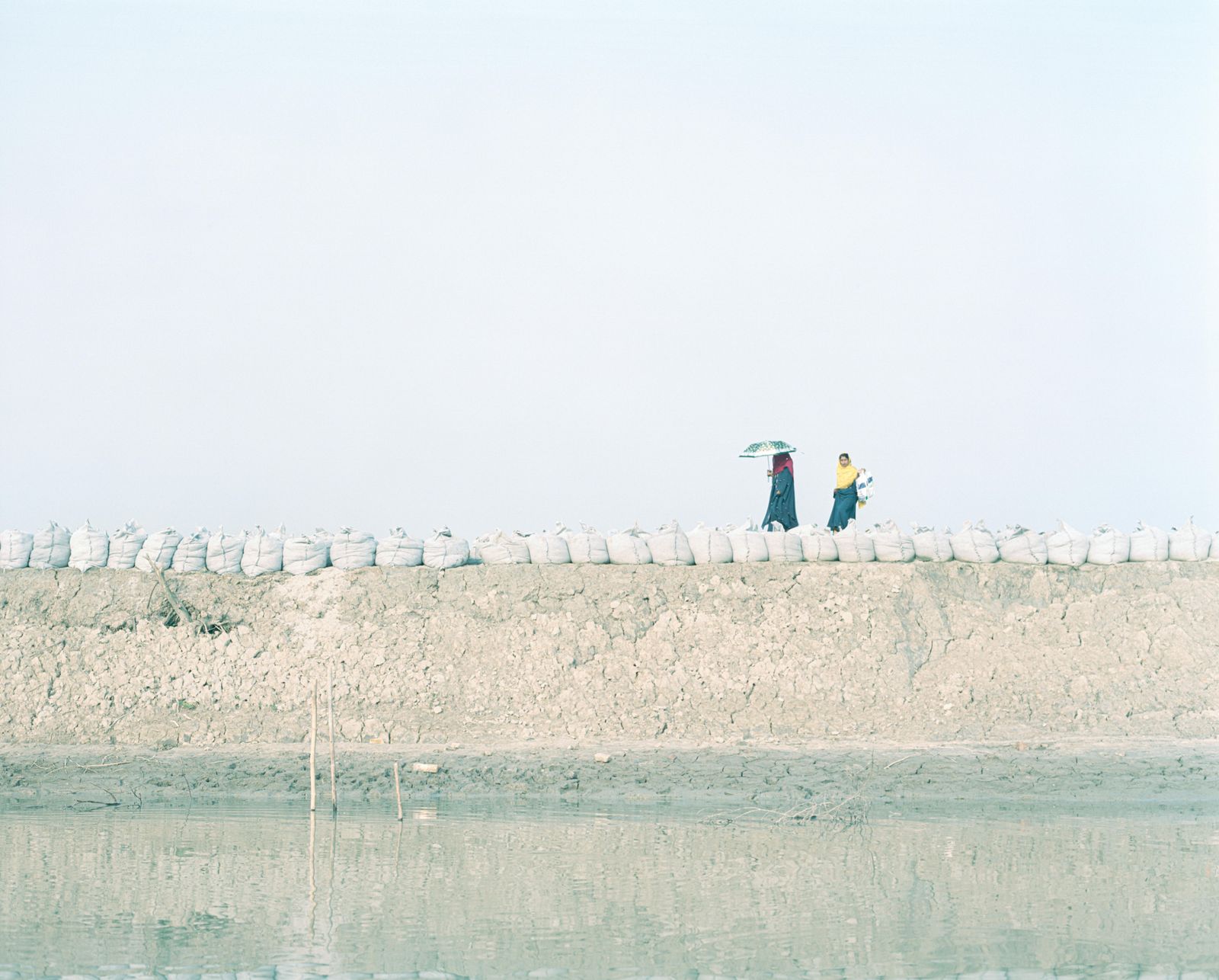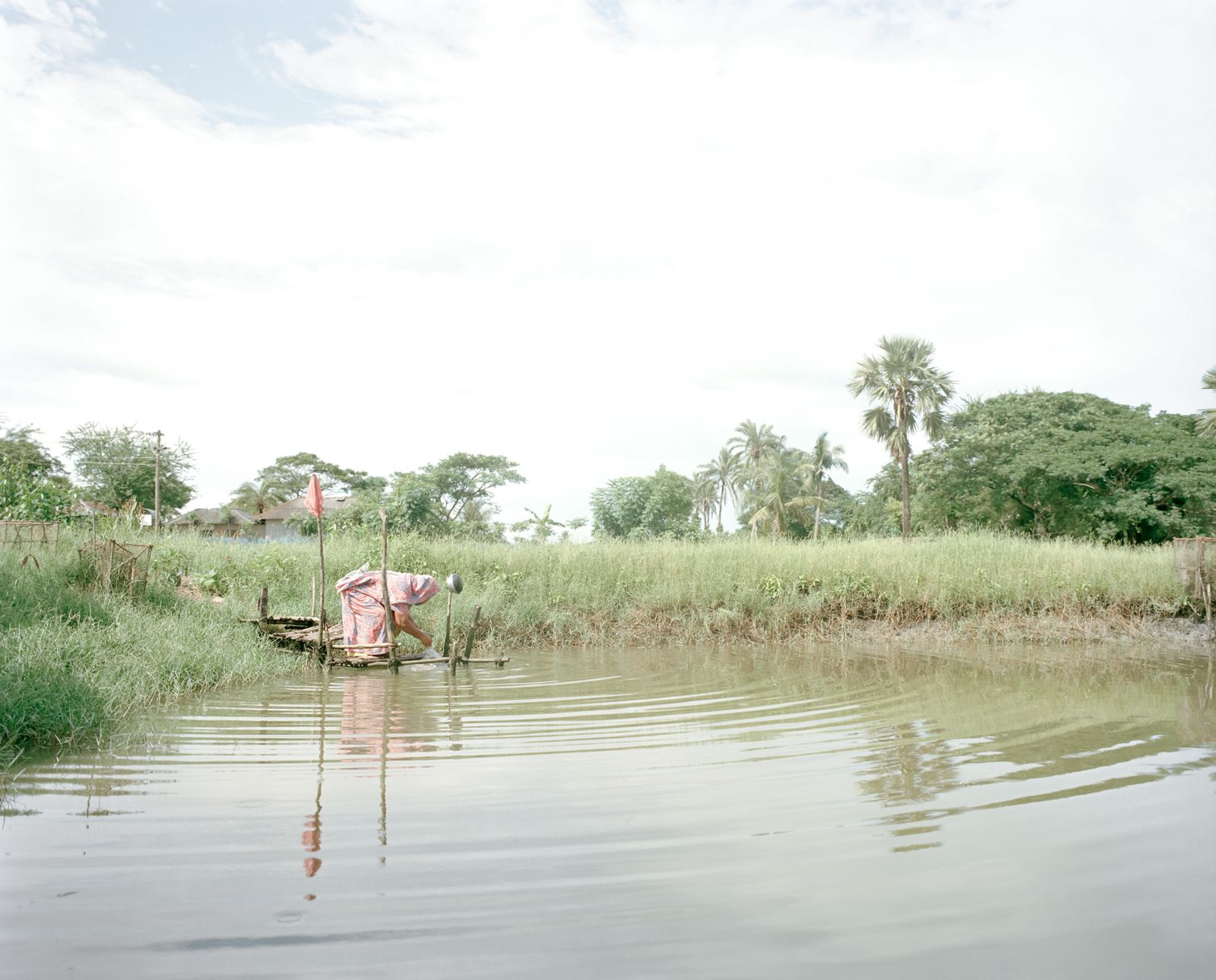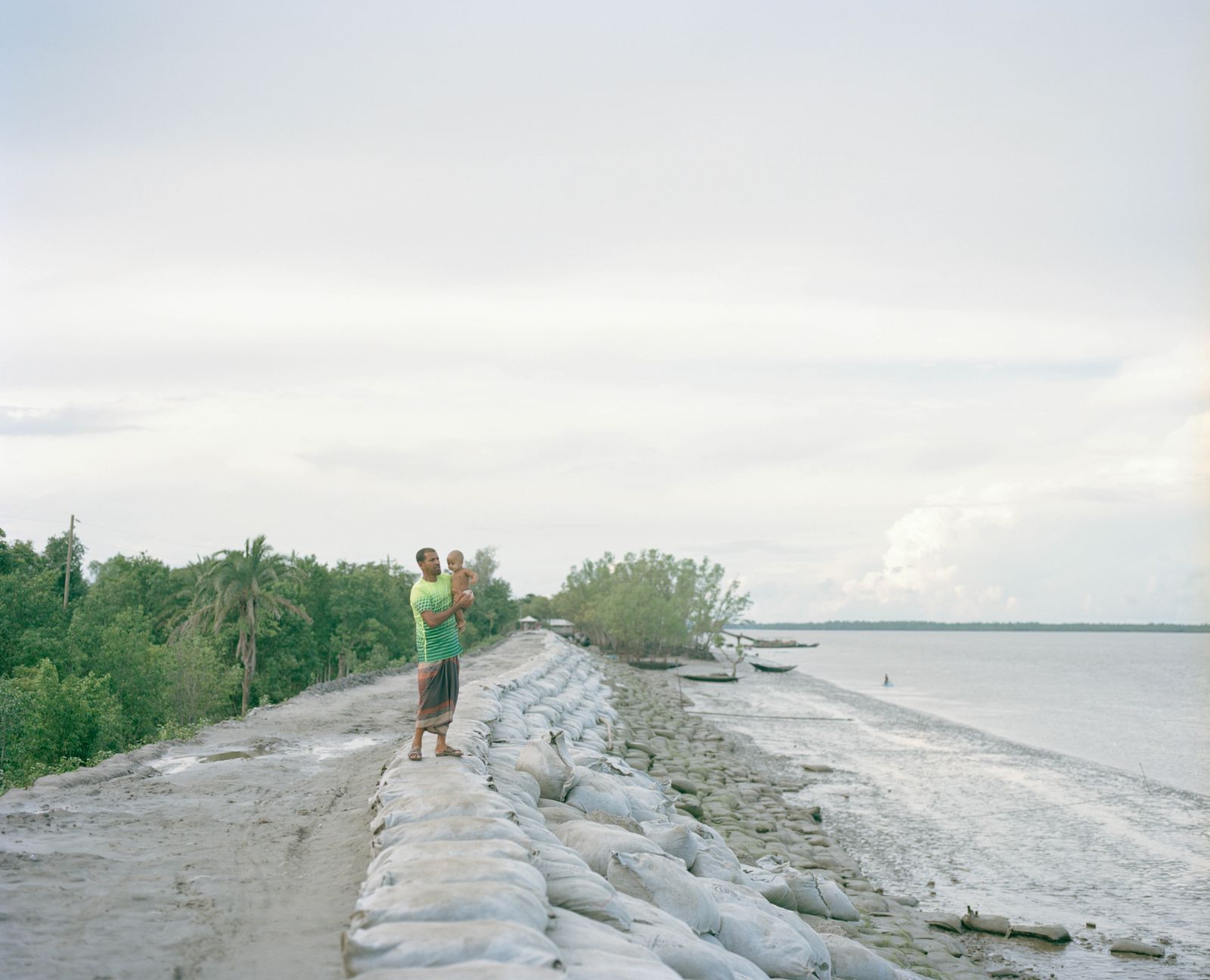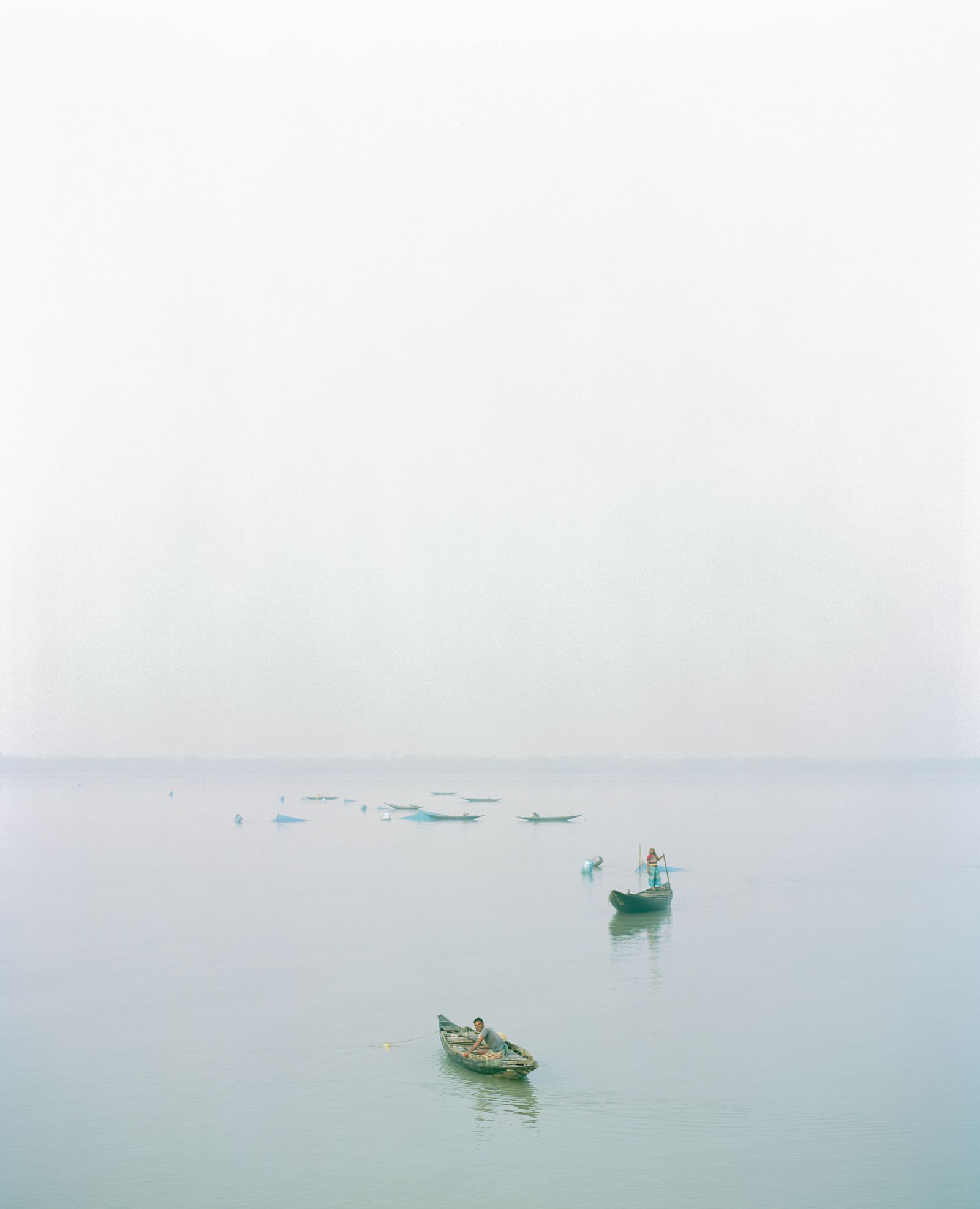Living in the Transition
-
Dates2021 - Ongoing
-
Author
- Location Bangladesh, Bangladesh
This is a photo story of the people in Bangladesh who peacefully living despite the fact they are at the mercy of the changes in their life environment caused by the impacts of climate change.
This is a photo story of the Bangladeshi people who live in the transition of life environment caused by various climate change impacts.
Bangladesh is one of the most vulnerable countries to the effects of climate change, and many residents have been inflicted with severe and long-term burdens physically, mentally, or economically.
For example, many people often suffer tremendous damage by natural disasters such as intense floods and tropical cyclones in the rainy season due to geographical and topographical factors, and drought during the dry season due to precipitation deficit and uneven rainfall areas.
Other issues are the loss of land due to river erosion and landslides caused by rising water levels, destruction of roads and other subsistence infrastructure, health hazards caused by salt water carried by typhoons and floods entering soil and water resources, the decline of crops and seafood, changes in ecosystems, and forest fire caused by rising temperature.
Population density is increasing with the flex of environmental refugees into urban areas, and on the other hand, depopulation is progressing in the countryside.
However, what I saw during my visit to Bangladesh was not only the tragic moments and disastrous scenes of people who are at the mercy of climate change but also people living peacefully and quietly in such situations.
Through this photo story, I attempt to indicate one of the aspects of the climate crisis through photographs that captured a peaceful and slow-tempo image and everyday life in which there is anywhere instead of dramatic moments and disastrous scenes to visualize such people's resilience and adaptability to daily life that have gradually and slowly changed.
This photo story will be one of the catalysts for more understanding of what is happening in the corner of this world that is at the forefront of climate change, how these effects are changing people's lives, and how those people coexist with climate change.
